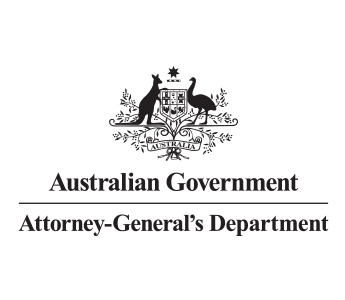Collaborate with strategic partners
Summary
Collaborate with strategic partners such as other government entities, committees, working groups and taskforces. This allows you to share capability, information and intelligence and to prevent and disrupt fraud.
Why this countermeasure matters
A lack of collaboration with strategic partners may lead to:
- less visibility of fraud and corruption risks, including cross-program risks
- fraud or corrupt activity going unnoticed or unchallenged
- less action and accountability to prevent, detect and respond to fraud and corruption
- unknown and unaddressed systemic fraud or corruption.
How you might apply this countermeasure
Some ways to implement this countermeasure include:
- partnering with other government entities, committees, working groups and taskforces to share information and data
- working with policy entities to contribute to program design and implement legislative, policy, and procedural change
- collaborating with internal networks to share learnings, improve processes and prevent fraud
- collaborating with international counterparts to share expertise, improve processes and prevent fraud
- collaborating with the Australian Securities and Investments Commission (ASIC) and the Australian Competition and Consumer Commission (ACCC) to help identify businesses undertaking unlawful business practices
- establishing or joining relevant communities of practice
- participating in relevant industry fora
- collaborating with internal networks to share learnings, improve process and prevent fraud.
How to check if your countermeasures are effective
Here are some ways to measure the effectiveness of this type of countermeasure:
- review documentation and outcomes to confirm regular collaboration is occurring
- review the frequency of attendance and contribution to key meetings and fora
- review the level of representation at key meetings and fora. Is this consistently delegated to subordinates
- consult stakeholders on their views about the level of engagement by the entity
- confirm existence of formal documentation, such as a Memorandum of Understanding.
Related countermeasures
Establish governance, accountability and oversight of processes by using delegations and requiring committees and project boards to oversee critical decisions and risk. Good governance, accountability and oversight increases transparency and reduces the opportunity for fraud.
Adequately resourced prevention and compliance areas enable entities to perform effective countermeasures.
Match data with the authoritative source and verify relevant details or supporting evidence.
Services such as the Identity Matching Service can be used to verify identity credentials back to the authoritative source when the information is an Australian or state and territory government issued identity credential.
This countermeasure is supported by the Office of the Australian Information Commissioner's Guidelines on data matching in Australian government administration.
Create lists to quickly compare information to automate or require further actions.
Fraud detection software programs automatically analyse data to detect what is different from what is standard, normal or expected and may indicate fraud or corruption.
Coordinate disruption activities across multiple programs or entities to strengthen processes and identify serious and organised criminals targeting multiple programs. It can also include referrals to law enforcement agencies for those groups that reach the threshold for complex criminal investigations.
Investigate fraud in line with the Australian Government Investigation Standards (AGIS).

